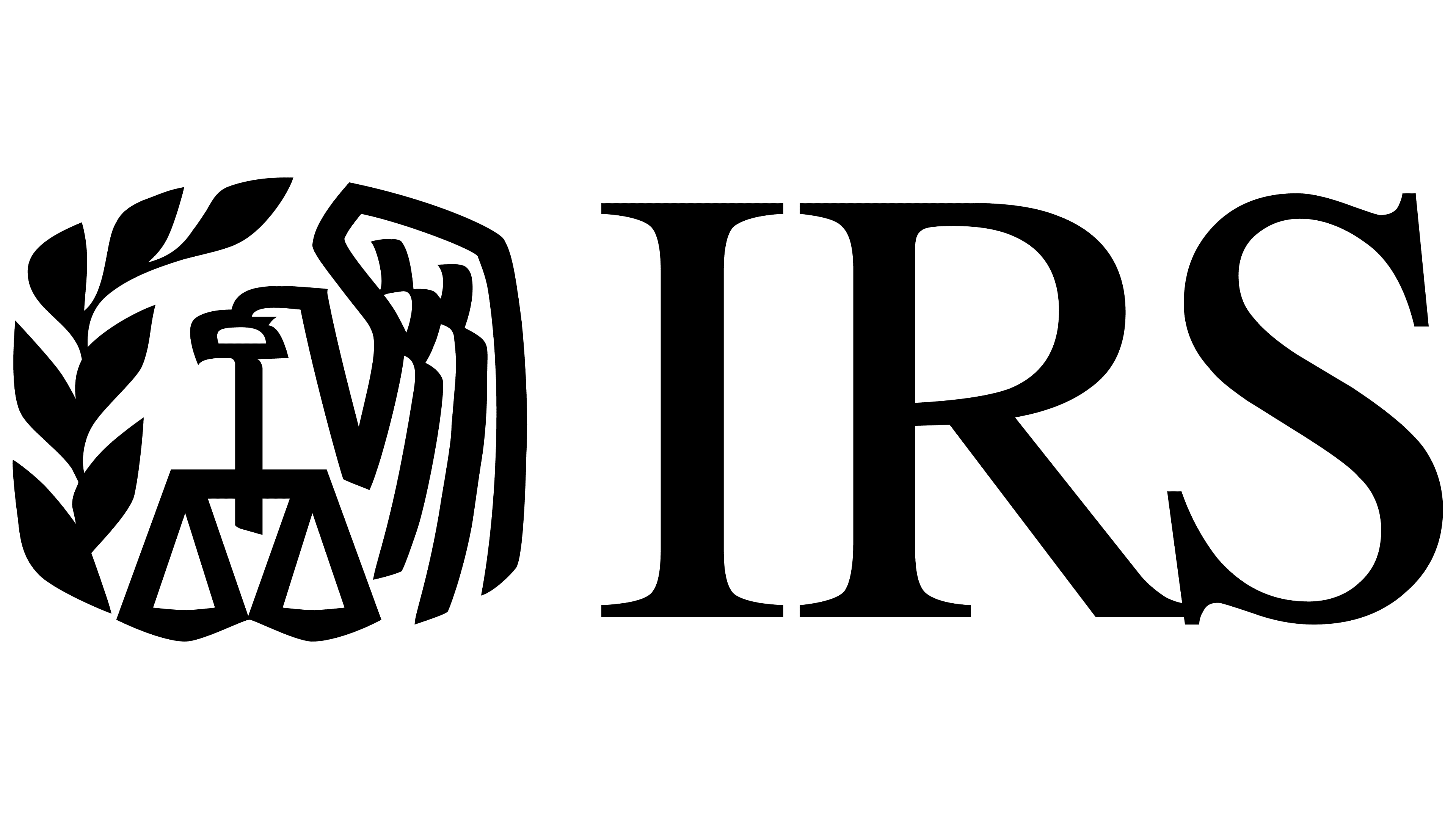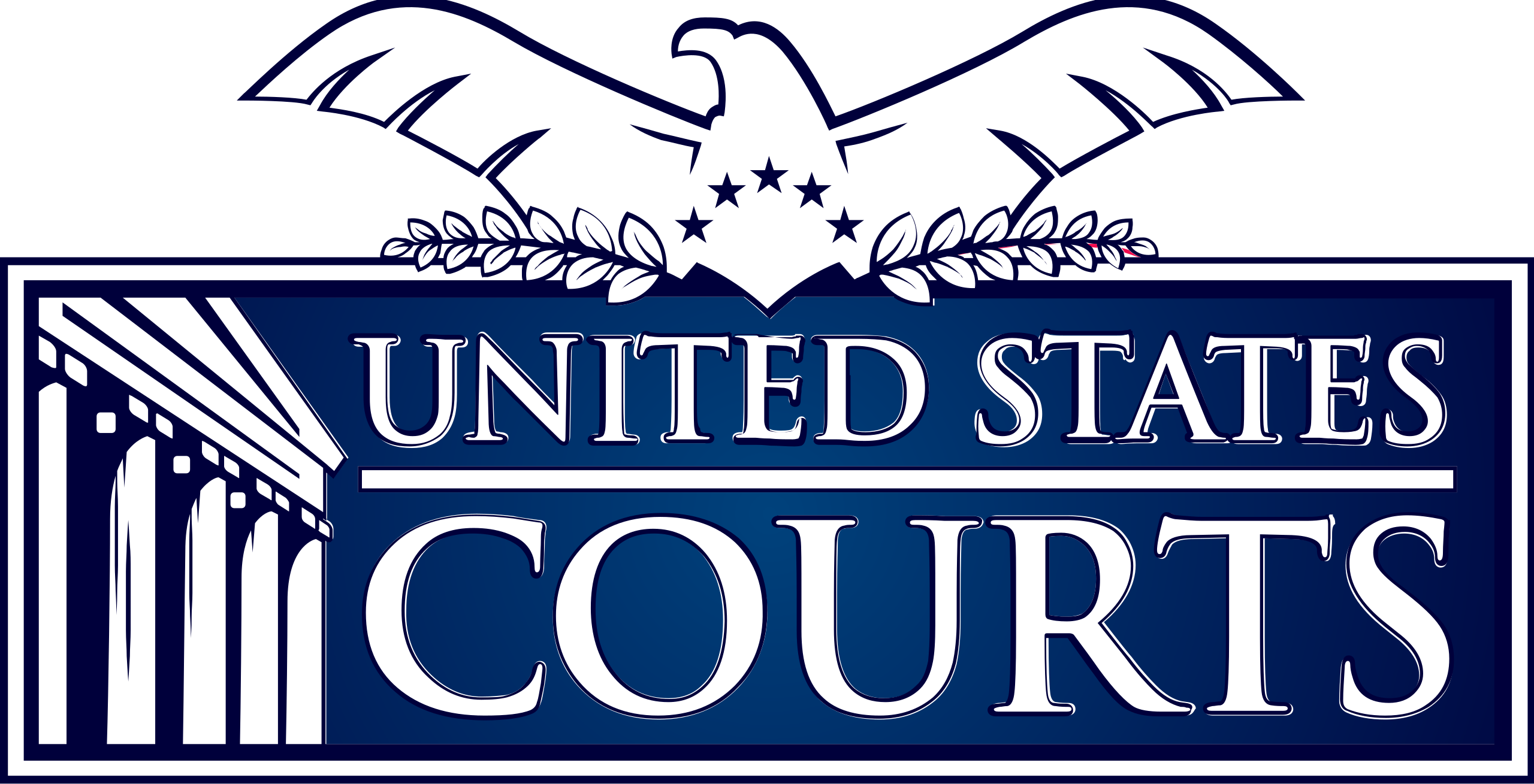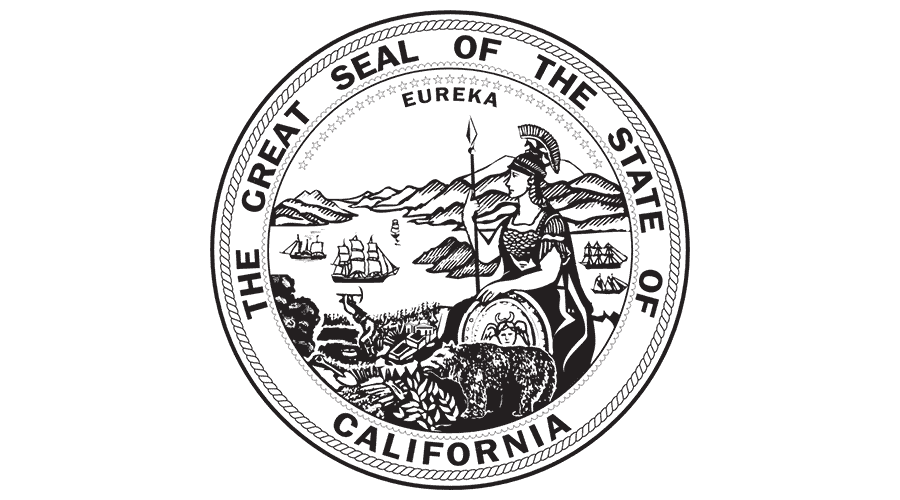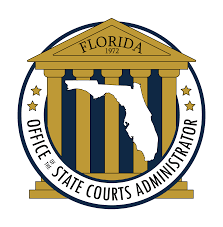






5-Star Service, Trusted & Loved by Hundreds
Your Appraiser Search Ends Here
Your Appraiser Search Ends Here
.avif)

Nationwide Coverage – Appraisals Anywhere in the US

Get it done Onsite or Online

Any Asset, Covered

Defensible for Any Purpose
The fundamental principle behind estate tax involves assessing the total value of an individual's estate at the time of their passing. As of 2023, the federal estate tax exemption stands at $12.92 million for individuals and $25.84 million for married couples, meaning estates below these thresholds typically avoid federal taxation. However, the landscape becomes more complex with state-level estate taxes, which may have significantly lower exemption limits.
Calculating estate tax involves a multi-step process that begins with determining the gross estate value. This comprehensive valuation includes diverse assets such as residential properties, financial accounts, investment portfolios, life insurance policies, and personal valuables like artwork or jewelry. After establishing the gross value, specific deductions are applied, including outstanding debts, funeral expenses, and estate administration costs.
The resulting taxable estate is then subject to progressive tax rates, where the tax percentage increases proportionally with the estate's total value. This intricate system underscores the importance of strategic estate planning. Individuals can potentially minimize tax liability through carefully considered approaches like strategic asset gifting, establishing trusts, or making charitable contributions.
While estate tax may seem daunting, it serves as a mechanism for wealth redistribution and government revenue generation. Proactive planning and professional guidance can help individuals navigate these complex regulations, ensuring a more efficient transfer of assets to intended beneficiaries while potentially reducing tax burdens.
When a loved one passes away, the executor faces the intricate task of determining the estate's total value precisely at the date of death. A professional appraisal becomes indispensable in this process, offering an objective and defensible valuation that meets strict IRS requirements. This detailed assessment helps prevent potential legal complications and ensures accurate tax reporting.
The valuation process goes beyond mere number-crunching. It provides a clear snapshot of an estate's fair market value, which is crucial for calculating potential tax liabilities. Different types of assets—from real estate and business interests to personal property and investments—require specialized expertise to evaluate accurately.
Importantly, these appraisals can reveal potential tax-saving opportunities. Skilled appraisers can identify valuation discounts for specific assets, potentially reducing the overall tax burden. This might include considerations for minority ownership interests, lack of marketability, or other nuanced financial factors that can impact an estate's taxable value.
For families navigating the emotional challenges of estate settlement, a professional appraisal offers transparency and objectivity. It provides a neutral foundation for asset distribution, helping to minimize potential conflicts among heirs and ensuring a fair assessment of the estate's worth.
Beyond immediate tax implications, these appraisals serve as a critical tool for long-term financial planning. They provide valuable information for future decision-making, helping families and financial advisors develop strategic approaches to estate management and potential asset transitions.
The process involves a detailed forensic examination of the silver piece, where expert appraisers leverage deep knowledge to uncover intricate details about the item's provenance. Specialized techniques are employed to authenticate the piece's origin, including careful analysis of hallmarks, maker's stamps, and distinctive design elements that provide critical insights into its historical context.
Condition plays a pivotal role in determining value. Professional appraisers conduct meticulous inspections, examining every surface for signs of wear, potential restoration attempts, and structural integrity. They assess subtle nuances like patina development, manufacturing techniques, and preservation quality that can dramatically influence the item's market worth.
Market research forms another crucial component of the appraisal process. Appraisers conduct extensive comparative analyses, tracking recent auction results, collector trends, and current market demands to establish a precise and current valuation. This approach ensures that the assessment reflects not just the silver's intrinsic material value, but its broader collectible significance.
The ultimate goal of an antique silver appraisal extends beyond a simple monetary figure. It provides owners with comprehensive documentation that serves multiple purposes, from insurance documentation to estate planning, offering a definitive understanding of the item's historical and financial importance.
The virtual appraisal process typically involves clients providing high-resolution images from multiple angles, along with critical details about the item's provenance, markings, condition, and historical context. Advanced video conferencing platforms like Zoom or Skype enable real-time interactions, allowing appraisers to conduct interactive examinations and answer client questions immediately.
Professional online appraisals adhere to the Uniform Standards of Professional Appraisal Practice (USPAP), ensuring rigorous methodology and credible valuation regardless of assessment format. This approach eliminates geographical constraints, providing flexibility for clients located anywhere and streamlining the entire valuation experience.
While online appraisals offer remarkable convenience, they are most effective when clients provide extensive, clear documentation. Precise photographs, accurate measurements, and comprehensive background information are crucial for delivering an accurate assessment of an antique silver item's condition, authenticity, and market value.
Clients should understand that some complex or rare pieces might still require in-person examination to determine a definitive valuation. However, for many antique silver items, online appraisals represent an efficient, professional, and accessible method of understanding an item's worth.
General appraisers offer broad knowledge across multiple antique categories, capable of evaluating various silver items with a comprehensive but less specialized approach. Their versatility allows them to assess diverse silver pieces, though they may lack granular insights into rare or complex items.
Specialty appraisers represent a more focused category, concentrating on specific historical periods, cultural origins, or design styles. These experts possess deep, targeted knowledge about particular silver manufacturing eras, makers, or regional craftsmanship. Their expertise enables precise authenticity assessments and nuanced market value determinations.
Certified appraisers bring professional credentials from recognized institutions, demonstrating rigorous training and adherence to established ethical standards. Their qualifications make them particularly valuable for formal documentation requirements like insurance evaluations or estate planning.
Auction house appraisers leverage extensive market experience, providing real-time insights into current silver valuation trends. Their proximity to active market dynamics allows them to offer sophisticated pricing assessments based on contemporary collector interests and market demands.
Independent appraisers operate autonomously, offering customized services with flexible engagement models. Their professional independence allows for personalized approaches tailored to unique client requirements and specialized silver item assessments.
Online appraisers represent an emerging category, utilizing digital platforms to conduct remote evaluations. Through advanced photographic documentation and detailed item descriptions, these professionals provide convenient assessment options for clients unable to engage in traditional in-person consultations.
Each appraiser type contributes unique perspectives to silver valuation, enabling owners to find precisely matched expertise for their specific needs.
Insurance protection represents a critical motivation for professional assessment. A detailed appraisal ensures accurate coverage, preventing potential financial gaps in the event of loss, damage, or theft. Insurance providers rely on professional documentation to establish appropriate compensation levels.
Estate planning demands precise valuation of inherited silver pieces. A professional appraisal provides clear, objective documentation that can streamline inheritance processes, minimize potential family disputes, and establish a transparent framework for asset distribution.
Tax considerations make appraisals particularly valuable for those considering charitable donations. When donating antique silver items exceeding $5,000, a qualified professional appraisal becomes essential for substantiating value and maximizing potential tax deductions.
For collectors and sellers, an appraisal delivers a realistic market assessment. This knowledge empowers informed decision-making, whether preparing to sell at auction, negotiate with potential buyers, or understand the current market positioning of a specific piece.
Beyond monetary considerations, an appraisal unveils the historical narrative embedded within each silver item. Professional assessment reveals intricate details about craftsmanship, origin, and cultural significance, transforming an object from a mere possession to a meaningful artifact with its own unique story.
Understanding the multifaceted value of antique silver through professional appraisal enables owners to make informed, strategic decisions about preservation, insurance, potential sale, and long-term asset management.
Antique appraisals are quoted on a project-by-project basis. These appraisals can be completed with in-person and online methods; in-person appraisals will sometimes include travel fees, when applicable. For some projects, when necessary, the price can be determined ahead of time, in line with the specifications of the work.
Why is Professional Antique Silver Appraisal Critical for Estate Planning?
Professional antique silver appraisal is a critical component of comprehensive estate planning, offering precise insights that protect both financial interests and familial legacies. Understanding the nuanced value of these cherished heirlooms requires expert evaluation across multiple strategic dimensions.
Key Drivers for Professional Silver Appraisal
- Accurate Tax Assessment: Establishes fair market value for precise IRS reporting and potential tax liability calculation
- Asset Authentication: Verifies historical provenance, maker's marks, and intrinsic quality of antique silver pieces
- Legal Documentation: Creates official records supporting equitable asset distribution
- Market Value Tracking: Ensures estate planning documents reflect current collector and market trends
Critical Valuation Considerations
Tax Liability Precision
The IRS requires meticulous asset valuation for estate tax calculations. A professional appraisal prevents potential penalties stemming from inaccurate assessments, protecting heirs from unexpected financial burdens.
Authenticity and Expertise
Skilled appraisers distinguish subtle nuances that dramatically impact an item's value. Factors such as:
- Silversmith reputation
- Historical period
- Manufacturing technique
- Condition integrity
Can transform an seemingly ordinary piece into a significant financial asset.
Comprehensive Documentation
A professional appraisal report serves multiple protective functions, including:
- Preventing potential heir disputes
- Providing transparent valuation methodology
- Creating an official record of asset worth
- Supporting potential future insurance or sale considerations
Ultimately, professional antique silver appraisal transcends mere monetary assessment. It represents a strategic approach to preserving family heritage, ensuring accurate representation of cherished heirlooms, and facilitating informed estate planning decisions.
Decoding the Value: Key Factors That Determine Antique Silver Worth
Antique silver represents a fascinating intersection of history, craftsmanship, and collectible value. Understanding the key factors that contribute to its worth is essential for accurate estate tax assessments and informed collecting.
Critical Valuation Factors for Antique Silver
Age and Authenticity
Age serves as a fundamental determinant of silver value, with pieces over 100 years old classified as antiques. Key authentication elements include:
- Precise maker's marks
- Verifiable hallmarks
- Original production techniques
- Documented provenance
Condition Assessment
The physical state of antique silver dramatically impacts its monetary worth. Important condition considerations include:
- Extent of wear and damage
- Presence of original patina
- Quality of any previous restoration work
- Structural integrity of the piece
Rarity and Market Demand
Several elements contribute to a piece's rarity and collectibility:
- Limited production numbers
- Representation of specific historical periods
- Unique design characteristics
- Current collector market trends
Historical Significance
Beyond monetary value, certain pieces gain exceptional worth through:
- Ownership by notable historical figures
- Connection to significant cultural events
- Exceptional craftsmanship
- Unique design innovations
Professional appraisers meticulously evaluate these factors to provide comprehensive and accurate assessments of antique silver, ensuring precise valuation for estate tax purposes.
Understanding Silver Types: From Sterling to Coin Silver
Understanding Silver Types: Insights for Accurate Valuation
Navigating the nuanced world of antique silver requires a comprehensive understanding of different silver classifications. These distinctions are critical for precise appraisal and estate tax considerations.
Sterling Silver: The Premier Standard
- Composition: 92.5% pure silver, 7.5% alloy (typically copper)
- Characteristics:
- Enhanced durability through strategic alloying
- Recognizable lion passant hallmark
- Popularized during 18th and 19th centuries
- Market Status: Highly sought after in antique markets
Coin Silver: A Historical American Variant
- Origin: Crafted from melted historical coins
- Silver Content: Approximately 90% pure silver
- Unique Features:
- Often includes distinctive engravings
- Reflects American craftsmanship
- Particularly valuable to historical collectors
Additional Silver Classifications
- Britannia Silver:
- 95.8% silver content
- Traditional British sterling standard
- Mexican Silver:
- Variable silver content
- Typically marked with numerical indicators
Valuation Considerations
The intrinsic value of silver pieces extends beyond mere metal composition. Historical context, craftsmanship, and provenance play crucial roles in determining market value. Professional appraisers consider multiple factors to provide comprehensive and accurate valuations.
Key Takeaways for Collectors and Estates
- Recognize the unique characteristics of different silver types
- Understand that historical significance impacts valuation
- Consult qualified professionals for precise appraisals
- Consider both material value and historical context
What Does a Comprehensive Antique Silver Appraisal Involve?
A comprehensive antique silver appraisal is a meticulous process that involves several critical components to accurately determine an item's value and significance. Understanding these elements helps stakeholders make informed decisions, particularly in estate tax contexts.
Key Components of a Comprehensive Silver Appraisal
1. Expert Identification and Research
- Trace the piece's provenance through detailed maker identification
- Analyze authentic marks, stamps, and historical documentation
- Verify the item's origin, age, and historical context
2. Detailed Condition Assessment
- Carefully evaluate physical condition and potential damage
- Assess signs of wear, repairs, or alterations
- Document tarnishing, scratches, and structural integrity
3. Comprehensive Market Analysis
- Review recent auction results and sales data
- Analyze current market trends for similar antique silver pieces
- Determine fair market value based on contemporary demand
4. Precise Weight and Material Composition
- Measure exact weight of the silver item
- Verify silver purity (typically sterling at 92.5%)
- Identify any mixed materials that might impact valuation
5. Historical and Cultural Significance Evaluation
- Investigate potential historical connections
- Assess artistic and cultural importance
- Determine additional value from unique provenance
6. Professional Documentation
- Create comprehensive appraisal report
- Include high-quality photographic evidence
- Document appraiser's qualifications and methodology
An expert appraisal integrates these multifaceted assessments to provide a nuanced, accurate valuation that goes beyond simple monetary worth, capturing the true essence and significance of antique silver pieces.
How to Select the Right Appraiser for Your Valuable Silver Collection
Key Considerations for Selecting a Professional Silver Appraiser
Selecting the right appraiser for your valuable silver collection requires careful evaluation of several critical factors to ensure an accurate and reliable valuation, especially for estate tax purposes.
1. Specialized Expertise and Experience
- Seek an appraiser with deep specialization in antique silver
- Look for professionals who understand:
- Diverse silver production methods
- Historical context of silver pieces
- Current market value trends
- Specialized knowledge ensures more precise valuations compared to generalist appraisers
2. Professional Credentials and Qualifications
- Verify membership in professional organizations such as:
- American Society of Appraisers (ASA)
- International Society of Appraisers (ISA)
- Evaluate educational background and formal appraisal training
- Professional credentials indicate:
- Adherence to industry standards
- Ethical professional practices
- Comprehensive knowledge
3. Comprehensive Appraisal Methodology
- Request detailed insight into their appraisal approach
- Expect a professional report that includes:
- Comprehensive item descriptions
- High-quality photographs
- Thorough market analysis
- A transparent process builds trust and ensures documentation suitable for estate tax purposes
4. Reputation and Client Feedback
- Investigate the appraiser's professional reputation
- Research methods:
- Client testimonials
- Professional references
- Online reviews
- Look for consistent positive feedback indicating reliability and professionalism
5. Communication and Professionalism
- Choose an appraiser who demonstrates:
- Clear communication
- Willingness to explain complex details
- Patience in addressing questions
- Effective communication ensures:
- Better understanding of the appraisal process
- Increased confidence in the valuation
- Transparent professional relationship
By meticulously evaluating these key factors, you can select a qualified appraiser who will provide an accurate valuation of your antique silver collection, meeting estate tax requirements and protecting your family's financial interests.
Essential Documentation for Accurate Silver Valuation
Comprehensive Documentation for Precise Silver Valuation
Accurate appraisal of antique silver for estate tax purposes requires meticulous documentation. A well-prepared portfolio not only assists appraisers in determining value but also establishes transparency and credibility during the estate tax assessment process.
Key Documentation Components
- Provenance Records
- Detailed history of ownership
- Previous owners' information
- Historical significance documentation
- Enhances potential appraised value
- Purchase Documentation
- Original purchase receipts
- Sales invoices
- Provides baseline for current market value
- Establishes initial acquisition details
- Comprehensive Condition Reports
- Detailed assessment of physical condition
- Documentation of repairs or alterations
- High-resolution photographs highlighting:
- Wear patterns
- Notable markings
- Unique characteristics
- Authentication Verification
- Letters from reputable sources
- Documentation from:
- Galleries
- Professional collectors
- Previous certified appraisers
- Substantiates historical and monetary value
- Market Comparative Analysis
- Research of similar antique silver pieces
- Auction and gallery sale data
- Comparative pricing information
- Auction catalog references
- Provides current market trend insights
Developing a comprehensive and organized documentation portfolio is crucial for achieving an accurate valuation. By presenting a thorough collection of supporting materials, estate executors can ensure a precise assessment that reflects the true value of their silver assets.
Navigating the Pitfalls: Common Mistakes in Silver Appraisal
Understanding Critical Challenges in Antique Silver Valuation
Antique silver appraisal demands meticulous attention to detail and comprehensive expertise, particularly for estate tax purposes. Understanding potential pitfalls can significantly impact the accuracy and reliability of your valuation.
Key Challenges in Silver Appraisal
- Hallmarks and Maker's Marks: Critical Authentication Elements
Overlooking intricate hallmarks and maker's marks can lead to substantial valuation errors. These unique identifiers provide crucial insights into:
- Item's historical origin
- Precise manufacturing period
- Potential rarity and authenticity
- Comprehensive Condition Assessment
Beyond surface appearance, a holistic evaluation must consider:
- Structural integrity
- Repair history
- Material degradation
- Functional preservation
- Precise Market Comparables
Selecting appropriate comparables requires sophisticated understanding of:
- Specific item characteristics
- Current collector market dynamics
- Nuanced value differentiators
- Dynamic Market Trend Awareness
Silver valuation demands continuous monitoring of:
- Collector interest fluctuations
- Global market demand
- Emerging aesthetic preferences
- Rigorous Documentation Requirements
Comprehensive documentation enhances valuation credibility through:
- Provenance verification
- Detailed historical research
- Authenticated ownership records
Strategic Approach to Accurate Valuation
Effective antique silver appraisal requires a multifaceted approach combining deep historical knowledge, market understanding, and meticulous analytical skills. Professional appraisers leverage comprehensive expertise to navigate complex valuation challenges and deliver precise, defensible assessments.
Legal Considerations: Antique Silver and Estate Tax Compliance
Navigating Estate Tax Compliance for Antique Silver
Antique silver items are more than cherished family heirlooms—they're complex financial assets with significant legal implications for estate planning. Understanding the intricate landscape of estate tax compliance is crucial for heirs and executors.
Key Legal Considerations for Antique Silver Valuation
- Fair Market Value Determination
- IRS requires precise valuation of all estate assets at the date of death
- Fair market value represents the price under typical market conditions
- Considers factors such as:
- Item age
- Rarity
- Condition
- Current market demand
- Professional Appraisal Requirements
- Requires expertise from qualified antique and silver specialists
- Comprehensive documentation is critical
- Appraisal report should include:
- Detailed item descriptions
- High-quality photographs
- Precise valuation methodology
- Estate Tax Liability Considerations
- Total estate value determines potential tax obligations
- Includes all assets: cash, property, personal belongings
- Potential strategies to manage tax burden:
- Strategic gifting
- Charitable contributions
- Timely and accurate asset valuation
Importance of Proactive Planning
Effective estate tax compliance for antique silver requires meticulous attention to detail and strategic financial planning. By understanding legal requirements and obtaining professional appraisals, families can preserve their legacy while meeting their fiscal responsibilities.
Consulting with tax professionals and certified appraisers ensures a comprehensive approach to managing these valuable family heirlooms through the complex landscape of estate taxation.
Your Silver, Your Legacy: Frequently Asked Questions
Understanding Antique Silver Value and Appraisal
Navigating the world of antique silver appraisal can be complex, especially when preparing for estate taxes. This guide addresses essential aspects to help you understand the valuation process.
Factors Determining Antique Silver Value
The value of antique silver is influenced by several critical elements:
- Age: Older pieces often command higher prices
- Maker: Renowned silversmiths significantly impact value
- Rarity: Unique or limited pieces are more valuable
- Condition: Well-preserved items maintain higher worth
- Provenance: Historical context and origin enhance desirability
The Professional Appraisal Process
Professional appraisers conduct a comprehensive evaluation through:
- Detailed hallmark inspection
- Craftsmanship assessment
- Market trend analysis
- Comparison with recent auction results
- Thorough documentation of item characteristics
Estate Tax Appraisal Essentials
For estate tax purposes, a professional appraisal serves several crucial functions:
- Provides IRS-acceptable valuation of assets
- Establishes a credible basis for silver collection worth
- Helps determine potential tax liabilities
- Facilitates smooth estate distribution
- Prevents potential legal complications during probate
Preparing for Your Silver Appraisal
Maximize the accuracy of your appraisal by:
- Cleaning items carefully
- Gathering historical documentation
- Collecting previous appraisals
- Organizing relevant receipts
- Ensuring easy access to all pieces
What to Expect During the Appraisal
A professional appraisal typically involves:
- Comprehensive item inspection
- Detailed discussion about your collection
- Insights into current market trends
- Expert evaluation of individual pieces
- Transparent explanation of valuation process
Understanding the intricacies of antique silver appraisal ensures you protect your family's legacy and maintain compliance with tax regulations.
Protecting Your Estate's Value: The Importance of Professional Appraisal
Understanding the true value of your antique silver is crucial when it comes to managing estate taxes. As the value of collectible items like antique silver can fluctuate over time, obtaining a professional appraisal ensures that you have an accurate assessment that reflects current market trends.
Key Reasons for Professional Antique Silver Appraisal
- Compliance with Legal Requirements
The IRS requires accurate valuation of all assets for tax purposes. A professional appraisal provides critical documentation that meets regulatory standards and helps avoid potential disputes with tax authorities. - Fair Distribution Among Heirs
A credible appraisal ensures equitable distribution of the estate by providing a precise valuation of antique silver pieces. This promotes transparency and minimizes potential conflicts between beneficiaries. - Comprehensive Insurance Coverage
An updated, professional appraisal allows you to secure appropriate insurance protection, ensuring your valuable silver pieces are adequately covered against potential loss or damage. - Expert Market Insights
Professional appraisers offer deep expertise in current antique market trends, providing valuable insights into demand, valuation, and potential resale options for your silver collection. - Preservation of Historical Context
Beyond monetary value, a professional appraisal recognizes the cultural and historical significance of antique silver, appreciating these pieces as important historical artifacts.
A professional appraisal is an essential investment in protecting your estate's value, ensuring legal compliance, and facilitating a smooth estate settlement process.
BEST-IN-CLASS APPRAISERS, CREDENTIALED BY:















